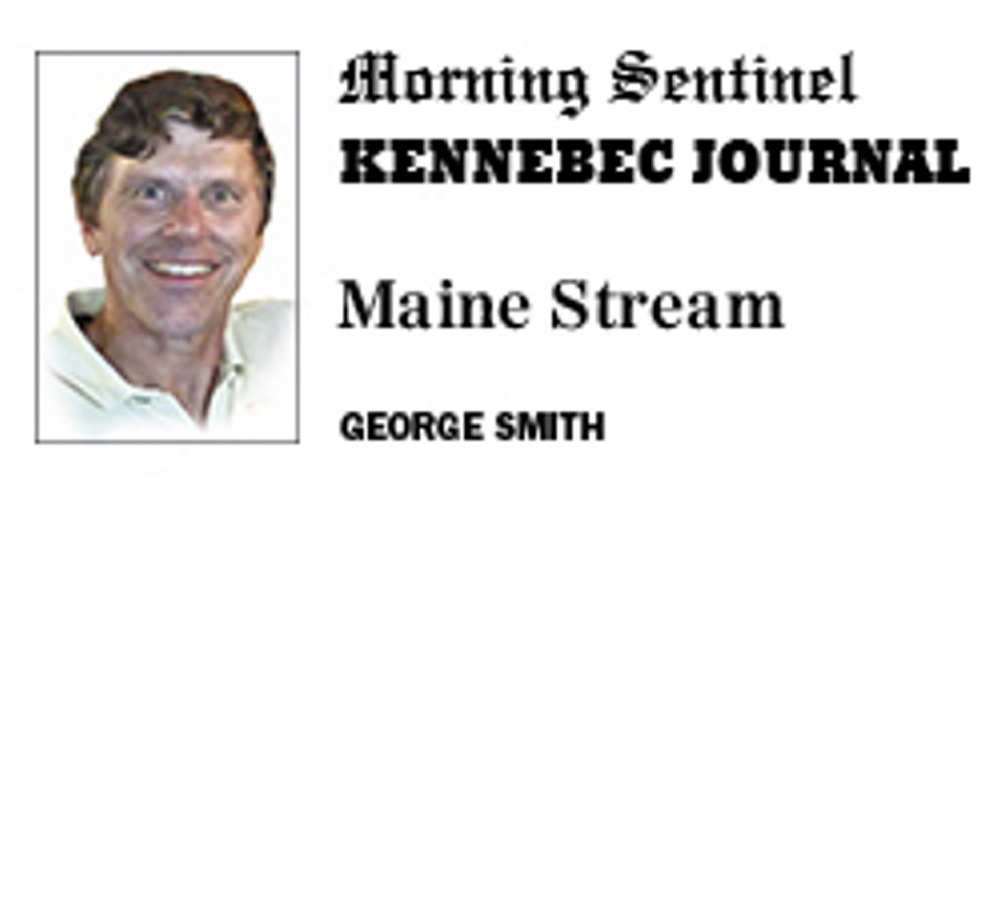Well, it turns out we have been right to strongly support the Land for Maine’s Future program.
Gov. Paul LePage, calling the program corrupt and insisting it only serves the rich, ordered Jonathon LaBonte, his director of the Office of Policy and Management, to investigate the program.
LaBonte delivered his highly-anticipated report to the Legislature’s Agriculture, Conservation and Forestry Committee a couple weeks ago, and it was very positive. At the same time, the Land for Maine’s Future Coalition presented its own comprehensive report on the program.
David Trahan, executive director of the Sportsman’s Alliance of Maine, participated in the presentation of that report titled, “Stronger Than Ever,” and made a very strong statement.
“The board, program, and legislature has done an amazing job,” said Trahan. “Both reports noted that the LMF program served the average Maine working person — the clammer, the hunter — all of us, rich, poor, and people in the middle, should enjoy these resources. Statements that they only serve the rich need to stop,” he said, taking direct aim at LePage.
Among the valuable information in the “Stronger Than Ever” report was the fact that for every $1 spent by LMF, $11 worth of benefits and economic activity is generated. Pretty good return on our money, wouldn’t you say?!?
You can read the entire “Stronger Than Ever” report, and I encourage you to do so, online at www.landsformainesfuture.org. The report includes a list of every LMF project, including my personal favorite, the South Lubec Sand Bar, where Linda and I spend a lot of time walking and birding.
Well, OK, I’ve got a whole bunch of other favorites on that list, including the Kennebec Highlands 10 minutes from my house, where I do a lot of hunting and fishing. I’ll bet you’ve got some favorites on that list, too.
LaBonte’s report included these emerging issues: 1) Improving information technology — availability and distribution of data. What specific data is needed and what analysis tools? For what purpose and what audience? 2) Assessment of scoring and project evaluation — does it work? Does it emphasize current priorities? 3) Improve public awareness and use of public lands acquired with LMF money.
All good questions and issues, for sure. I’ve complained in the past about lack of signs on our public lands, which makes it difficult for Mainers to know where they are.
And it’s always good to reconsider your priorities from time to time. But that’s really a job for the governor and Legislature, so there’s no chance that’ll get done anytime soon.
LaBonte’s report demonstrated the amazing return we are getting for our LMF dollars. He cited 2013 purchases with a value of $18 million and an investment of $5.6 million in LMF funds (one-third of the value), and 2015 purchases with a value of $11.8 million and an investment of $3.25 million in LMF funds (one-quarter of the value).
LaBonte also reported that LMF’s board members and staff have worked successfully to improve the appraisal and evaluation process, citing the Conservation & Recreation Land Scoring & Selection Process Working Group that tackled these issues. He even offered the possibility that the LMF program be strengthened to serve as the central agency for all state conservation purchases, a very interesting suggestion that I hope the Legislature will consider.
Sen. Tom Saviello, R-Wilton, told LaBonte his report was “excellent,” and asked him if he’d found any major deficiencies.
“No,” answered LaBonte, while citing those emerging issues for future consideration by the LMF board, the governor, and the Legislature.
It was interesting to learn that LaBonte led the Androscoggin Land Trust when they purchased 1,000 acres along the Androscoggin River from International Paper Company.
Following LaBonte’s presentation, the Ag Committee invited two LMF board members, Bill Vail and Jim Norris, to speak, and they offered very positive remarks.
Vail noted that he was on the original LMF board during his tenure as commissioner of the Department of Inland Fisheries and Wildlife. Norris reported that he’d worked with LMF board member Neil Piper, a professional appraiser, to improve the appraisal process, and Vail praised them for that work.
Vail said he was happy with LaBonte’s report and thanked legislators for supporting the recently enacted bill that extended by five years the time LMF bonds, which the governor refused to sell, could be sold.
LePage let that bill become law without his signature, but also said he’ll sell the bonds before June.
We’ll see. For sure, he needs to read the report, and take back his nasty, and incorrect, words about this terrific program.
George Smith is a writer and TV talk show host. He can be reached at 34 Blake Hill Road, Mount Vernon 04352, or georgesmithmaine@gmail.com. Read more of Smith’s writings at www.georgesmithmaine.com.
Send questions/comments to the editors.



Success. Please wait for the page to reload. If the page does not reload within 5 seconds, please refresh the page.
Enter your email and password to access comments.
Hi, to comment on stories you must . This profile is in addition to your subscription and website login.
Already have a commenting profile? .
Invalid username/password.
Please check your email to confirm and complete your registration.
Only subscribers are eligible to post comments. Please subscribe or login first for digital access. Here’s why.
Use the form below to reset your password. When you've submitted your account email, we will send an email with a reset code.